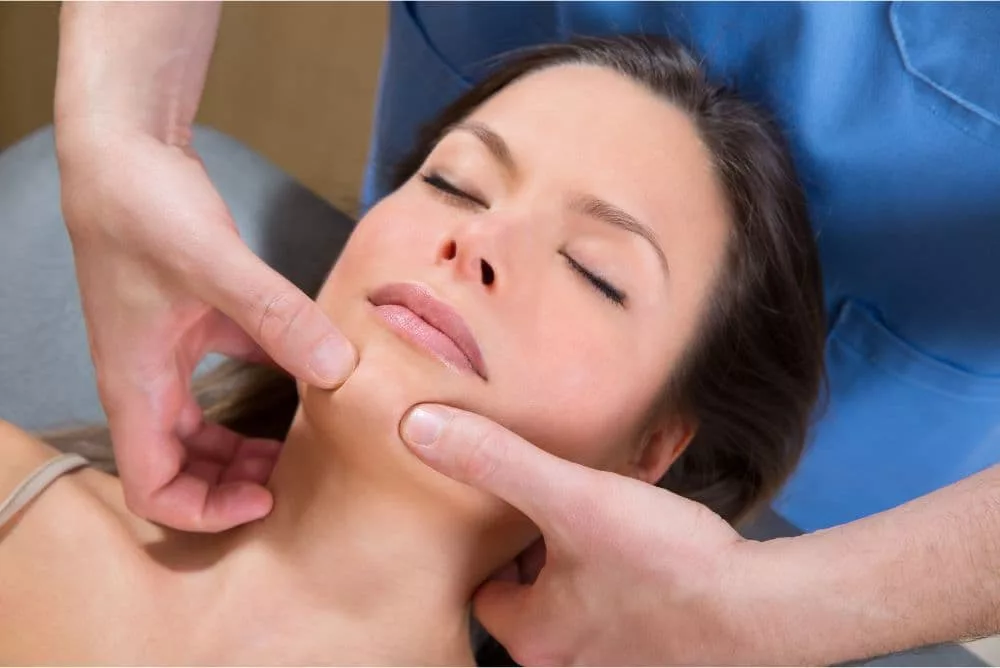
Physical Therapy for Bell’s Palsy
Bell’s palsy is a type of facial paralysis that causes weakness on one side of the face. The main reason cited for this is damage to the facial nerve that controls muscles. Consequently, the face droops, there is a loss of taste and change in the system of producing saliva and tears.
What causes Bell’s palsy?
Bell’s palsy is one of the few diseases that occur overnight and gets better own its own. The causes for this disease are still vague. However, the most common cause is the herpes virus that causes cold sores. Often, inflammation of facial nerves is also suspected to be a major cause.
Physiotherapy for Bell’s palsy
Most people who have suffered from Bell’s palsy have recovered completely within one or two months, especially the ones who were diagnosed in the early stages.
Here is how physiotherapy deals with Bell’s palsy:
Facial exercises
Since this is a condition that involves weakening of facial nerves, it is necessary to strengthen them. In physiotherapy this is often done through exercises that tighten and relax muscles.
A common exercise used to relax cheeks involves putting the thumb inside the mouth to pull the cheek down and forward. After repeating this action for good 10 seconds, shift the position towards the center and repeat the same procedure. Next, move even further towards the center, if in the process you find a thin sore point, hold pressure at that spot for 15-20 seconds. This will help in relaxing the spasm.
Exercises for improving eye movements
Often, facial paralysis also causes obstruction in eyesight. Physiotherapy has exercises specially dedicated to solve this problem. These exercises can even be done at home without any supervision. Some of them are:
Lip compression
Close your lips and lightly pucker them. While doing this, observe if there is any unwanted eye muscle movement. Getting hold of unwanted movement is not easy and so this step needs to be repeated a number of times till the eye starts becoming involved. Once that is done, focus on relaxing the muscle around the eye.
Talk
To control eye movement, practice speaking in front of the mirror. Start on a low pitch and then work your way up. For maximum results, emphasis on words involving alphabets as M, B, F and P. Here, it is necessary to make sure that your eyelids are open while you talk.
Widen your eyes
This exercise is mainly used to improve eye movements. In this exercise, eyes are wide opened to the highest possible limit without raising the eyebrows or letting lower lid pull up for a period of 15 seconds.
Exercises for improving mouth movements
Smile
Smiling is an excellent practice for people suffering from Bell’s palsy. Start on a low scale and focus on the lower lid. Try to locate the point where the muscle starts to move. After that, concentrate on the smile in your mind and then let your mouth follow it. At a point where the eyelid is not involved, hold the smile. This will help in controlling mouth movements.
Move your eyebrows
Raise your eyebrows evenly on both sides, until the corner of the mouth starts to move. Once the mouth starts to move, stop and hold for 15 seconds while focusing on relaxing the muscles around the mouth. This is also a highly effective practice.
While these exercises can be performed at home, getting professional help is always advisable. They will not only help you in treating the problem effectively through a combination of techniques but will also help in diagnosing the problem further preventing its recurrence.






